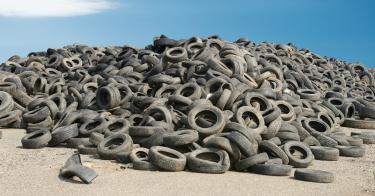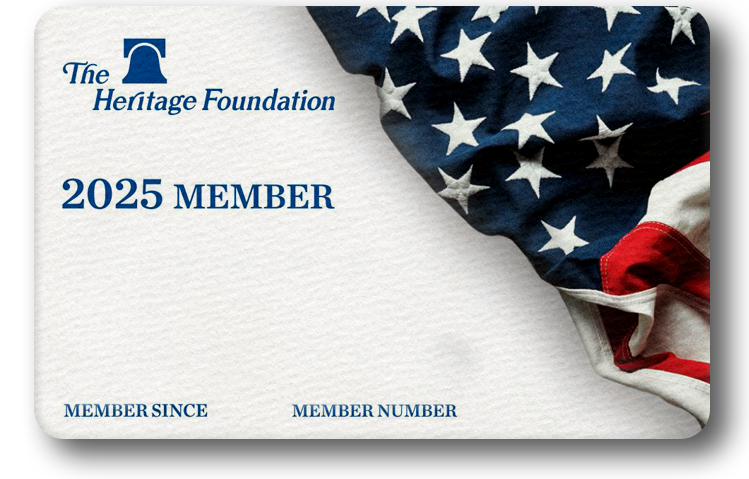Arkansas has a used tire problem.
Despite a government program set up in 2017 meant to dispose of Arkansas’ used tires while being self-funding, these eyesores—and some argue, health hazards—are literally piling up around the state.
This was completely predictable.
Yet no amount of failure can convince even the best-intentioned politicians and bureaucrats that when it comes to matters of the economy, their ability to plan almost always falls short. The so-called Tire Accountability Program is just one more example.
The program is a scheme that uses a set fee system to generate money to fund tire disposal. But the fees have failed to generate enough revenue to carry out the program.
According to the Arkansas Department of Environmental Quality, the program’s goals are to reduce the amount of tire waste and pressure on landfills and to promote reuse and eco-friendly practices in the waste tire business.
The program was essentially built around charging a fee every time a tire retailer removed a tire from a vehicle that then had to be disposed of. The fee was set at $3 per tire for replacing the tires with new ones and $1 per tire for replacing them with used ones.
This was problematic from the start. First, if the purpose of the program is to promote reuse and to reduce landfill pressure, why would there be any fee for used tires?
Presumably, a fee was already paid when the used tire being installed was removed from the original vehicle. Replacing one used tire with a different one should not add any additional waste to the system. The fee just creates a disincentive to buy used tires, which is the opposite of promoting reuse and reducing pressure on landfills.
Further, there is no difference in pricing based on tire size. Presumably tire size would have some effect on the costs associated with their processing and disposal. And bicycle, golf cart, and lawnmower tires are exempt from the fee, even though they need disposal, too.
Equally problematic is how the use of flat fees discourages the powerful competitive forces that would drive tire buyers and “tire generators” (the term used for those who remove tires from rims for disposal or resale) to find lower-cost alternatives. Pricing that reflects the value of the service provided is the bedrock of any functional economic system.
The regulation also set up a complex system of fee collection and distribution. Compared to a free enterprise system, the Arkansas system must account for the cost of the services but also pay for all the bureaucracy along the way. This means more cost with absolutely no value added. A full breakdown of the bureaucratic costs can be found in a program audit published earlier this year.
The program also creates unnecessary rigidity in the system that stifles innovation, entrepreneurship, and efficiency, thus undermining the incentive for the waste tire industry to develop holistic business practices that fully account for the total costs of the tire disposition process. In other words, when the program loses money, taxpayers are on the hook, which is precisely where Arkansas currently finds itself.
Indeed, as of August 2022, the tire program was underfunded by $641,122, and some tire processing facilities had stopped accepting tires for recycling and disposition. The result was that old tires began piling up—literally. To help make up the difference, a special transfer of $1 million was made from Arkansas’ restricted reserve fund.
The problem has not gone unnoticed, and Arkansas lawmakers have proposed several solutions. One approach is to simply raise the fee. Doing so would be a Band-Aid fix at best. Because of the underlying economic distortions that government-imposed fixed fees create, Arkansas will most assuredly find itself in the same place at some future point.
To fully solve the problem, private companies should be in charge of tire recycling and disposal. That does not mean that government has no role. But instead of micromanaging how citizens dispose of tires, government should instead devise a simple regulatory framework that establishes the end goal for tire disposal and allow free enterprise to take it from there.
For example, such a regulation could set maximum volumes for tire storage or set time requirements for tire disposal. This would prevent massive tire dumps from forming and ensure that tires were disposed of in a timely manner. The regulation could even limit the amount of tire waste placed in public landfills. Ultimately, the policy discussion should not be about how to deal with used tires, but about public health and safety parameters for used tire management.
While politicians often have the best intentions, we see time and again government-mandated solutions to complex economic problems falling short. Luckily, the answers to these problems can almost always be solved by the private sector. Arkansas’ tire problem is no exception.
This piece originally appeared in The Daily Signal




